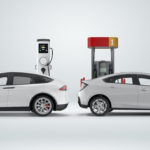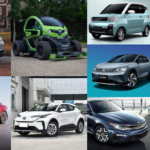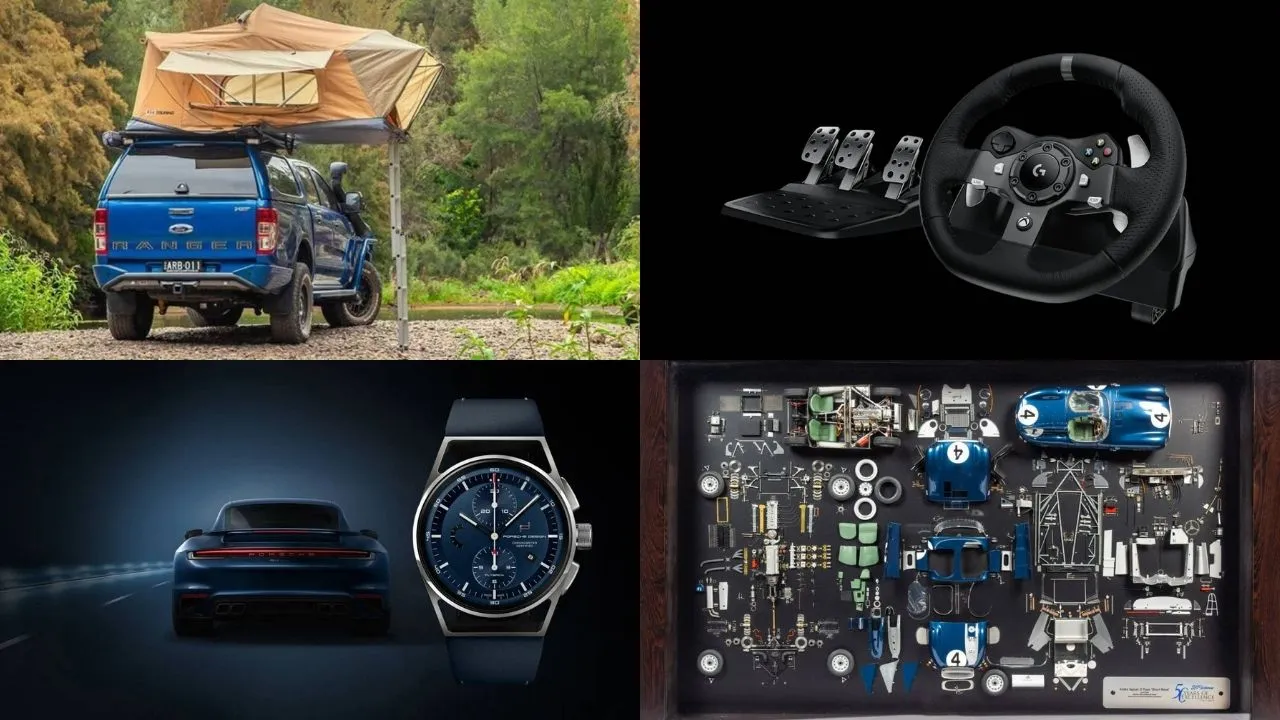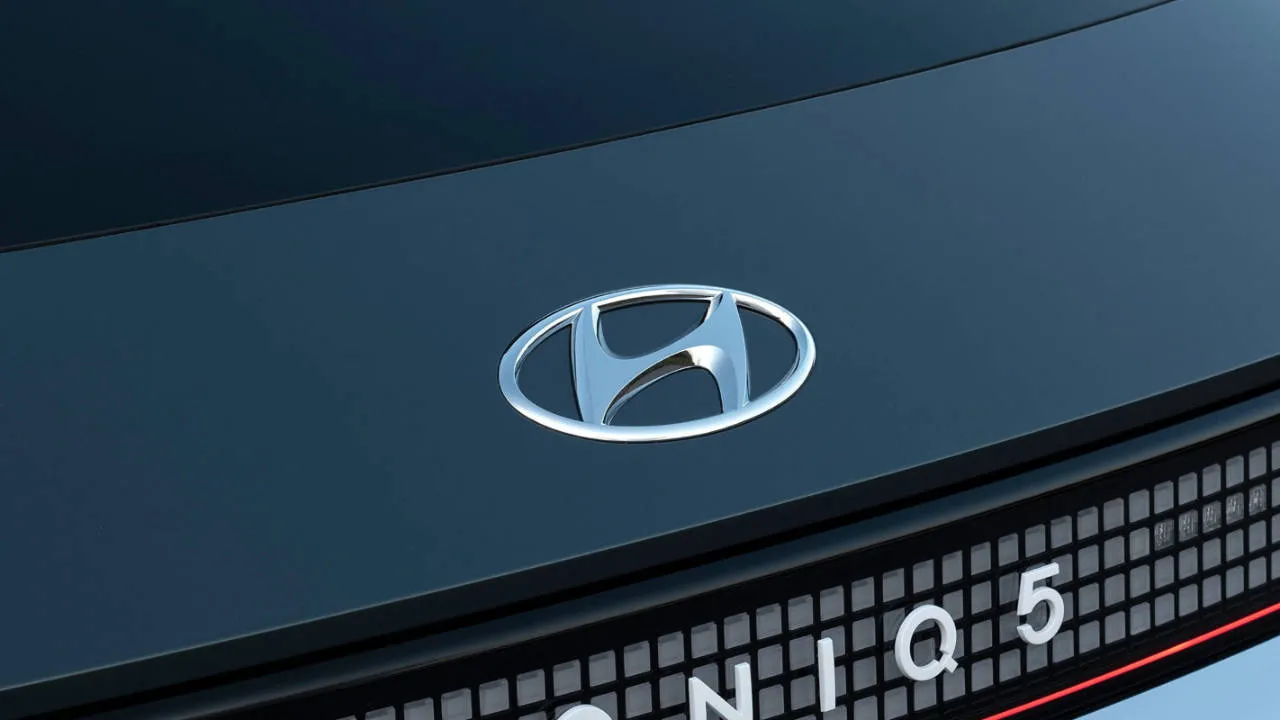World EV Day 2025: Past, Present & Future Of Electric Vehicles — A Journey From 10Km to 1,000Km Range

Electric vehicles (EVs) have come a long way since their inception, transforming the automotive industry and promising a greener future. This World EV Day (09 September 2025), we are taking a stroll down memory lane, reviewing the difficult history of EVs. This article talks about the evolution of electric vehicles and their current technologies. Finally, we end our walk with an insight into the future of electric and sustainable mobility.
 AI Quick Summary
AI Quick Summary
This article discusses the history of electric vehicles (EVs), from early 19th-century prototypes to the mass-produced EV1. It then contrasts older EVs with the diverse range of modern options available, including pure electric, hybrid, plug-in hybrid, and fuel cell vehicles. Finally, it touches on current battery and charging technologies shaping the future of sustainable mobility.
This summary was generated by AI using this article’s content.Read Next
What Is The History Of Electric Vehicles?
The concept of electric vehicles dates back to the 19th century. Many well-known inventors are collectively responsible for the existence of electric vehicles. Here are some of the notable works that made electric vehicles a reality in the human realm.
1828: Hungarian engineer Ányos Jedlik builds a small-scale model of a simple electric car, essentially a small-scale model of a vehicle powered by a simple electric motor.
1835: Thomas Davenport, an American inventor, built a small locomotive powered by a small electric motor and a non-rechargeable battery.
1839: Scottish inventor Robert Anderson developed a crude carriage powered by non-rechargeable batteries. It’s considered one of the earliest electric vehicles, although it had limited practicality.
1879: Thomas Edison, known for his work on the electric light bulb, also worked on electric cars. He created a prototype electric vehicle using a non-rechargeable battery. It was Thomas Edison’s work on the nickel-iron battery in the early 20th century that kickstarted the development of practical electric cars.

1889: Flocken Elektrowagen, built by the inventor Thomas Parker, is often considered one of the first practical electric cars. It was used as a taxi in England. Thomas Parker’s Flocken Elektrowagen had a range of about 80km on a single charge using a lead-acid battery. This was a significant improvement over earlier designs.
Which Was The First Mass-Produced Electric Car?
Because of their limitations with range, practicality, and lack of charging infrastructure, EVs were neglected over gasoline ICE vehicles. However, things got interesting in 1990 as GM decided to introduce the famed EV1 electric car, which is often regarded as the first mass-produced electric car.
1996: The EV1 was introduced as a pilot program in California, primarily available in select regions of the state. It was offered with lead-acid batteries during its first year.
1997: The EV1 continued into its second model year, still equipped with lead-acid batteries.
1999: General Motors transitioned to nickel-metal hydride (NiMH) batteries, which significantly improved the car’s range and energy storage capacity.
2000: The EV1 continued with NiMH batteries.
2001: The last model year for the EV1 was 2001. After this year, General Motors made the decision to discontinue the program and recalled and ultimately crushed many of the leased EV1 vehicles.
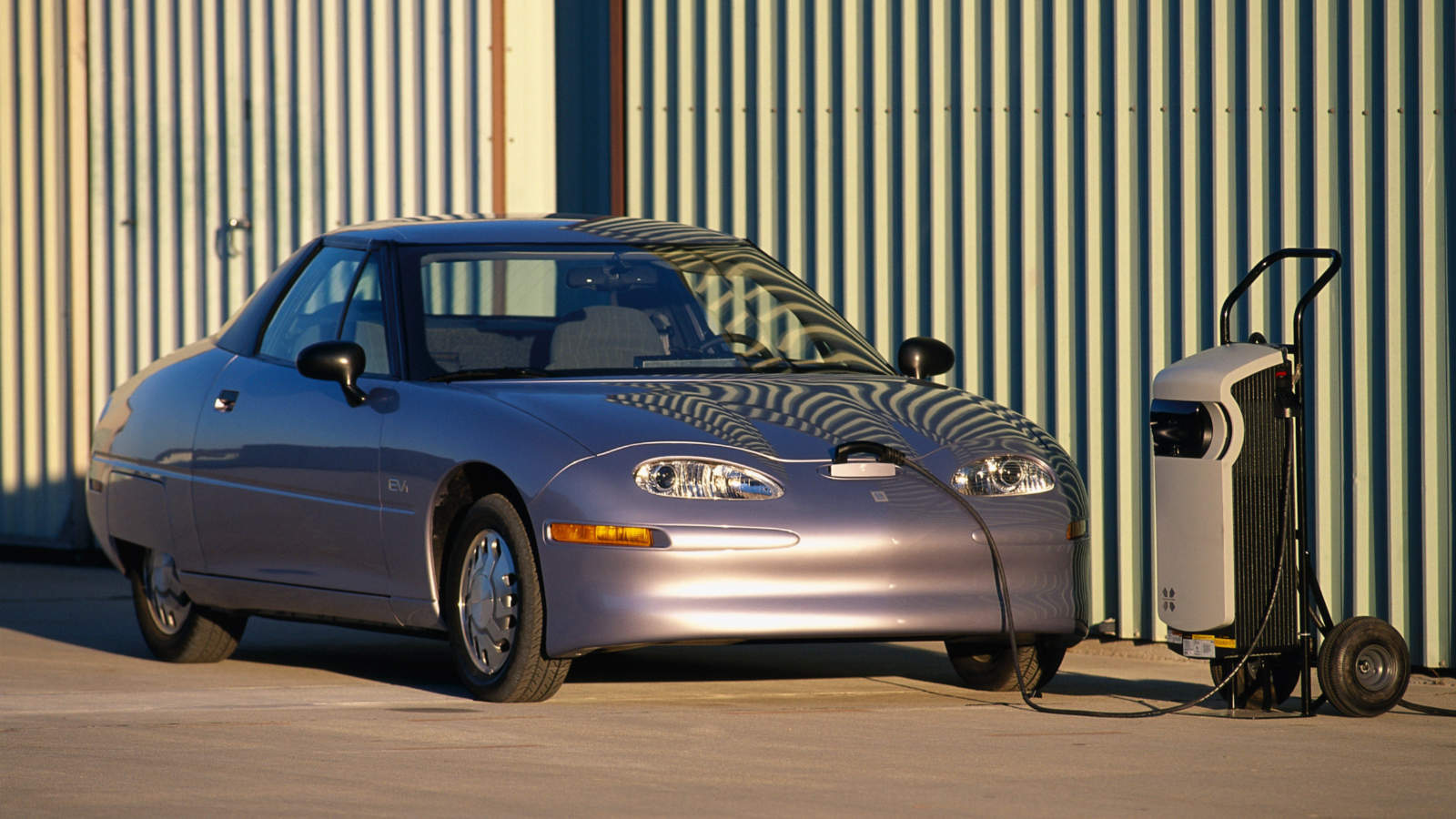
At the time, the EV1 offered decent performance and range. Early models returned over 120km, while the third-gen models featured a maximum range of 170km equipped with an Ni-MH battery. As for the performance, all three generations did the 0 to 100km/h sprint in about 9 seconds and hit a top speed of 129km/h. This was ultimately killed because of less acceptance of ICE vehicles.
How Do Current EVs Compare To Older Models?
From the early 2000s to the present time, the demand and necessity of electric vehicles have shifted drastically due to the rising concern for the environment. Carbon emissions from gasoline vehicles and industries have negatively impacted nature, causing global warming and other irreparable damage to the earth’s atmosphere.
As mankind continues to thrive, these concerns can no longer be neglected, which has made everyone environmentally conscious about using gasoline-powered vehicles and shift to hybrid or even pure electric cars. Decades ago we shifted from horse carriages to gasoline-powered vehicles. At the time, we faced issues with the availability of petrol, practicality of ownership, costs and more.
However, technology and advancements have paved the way for gasoline-powered vehicles to become a household necessity. A similar shift has now begun and as of today, we are right in the middle of that shift from gasoline to electric and sustainable mobility.

Earlier electric vehicles were limited in design, range, and practicality. Well, in 2025, we have seven-seat SUVs that can do 700km on a single charge, small cars with low cost offering a usable 300km range, and finally, the silent 1000hp+ monsters that accelerate faster than you can blink. There is now an EV to fit every buyer’s needs.
EVs in 2025 can be broadly classified into four types:
Pure Electric Vehicles: These run purely on batteries and the best example of this is cars from Tesla.
Hybrid Electric Vehicles (HEVs): These cars use a small gasoline engine along with an electric motor and a battery pack to deliver the best performance and range. The Toyota Prius made this segment popular across the world.
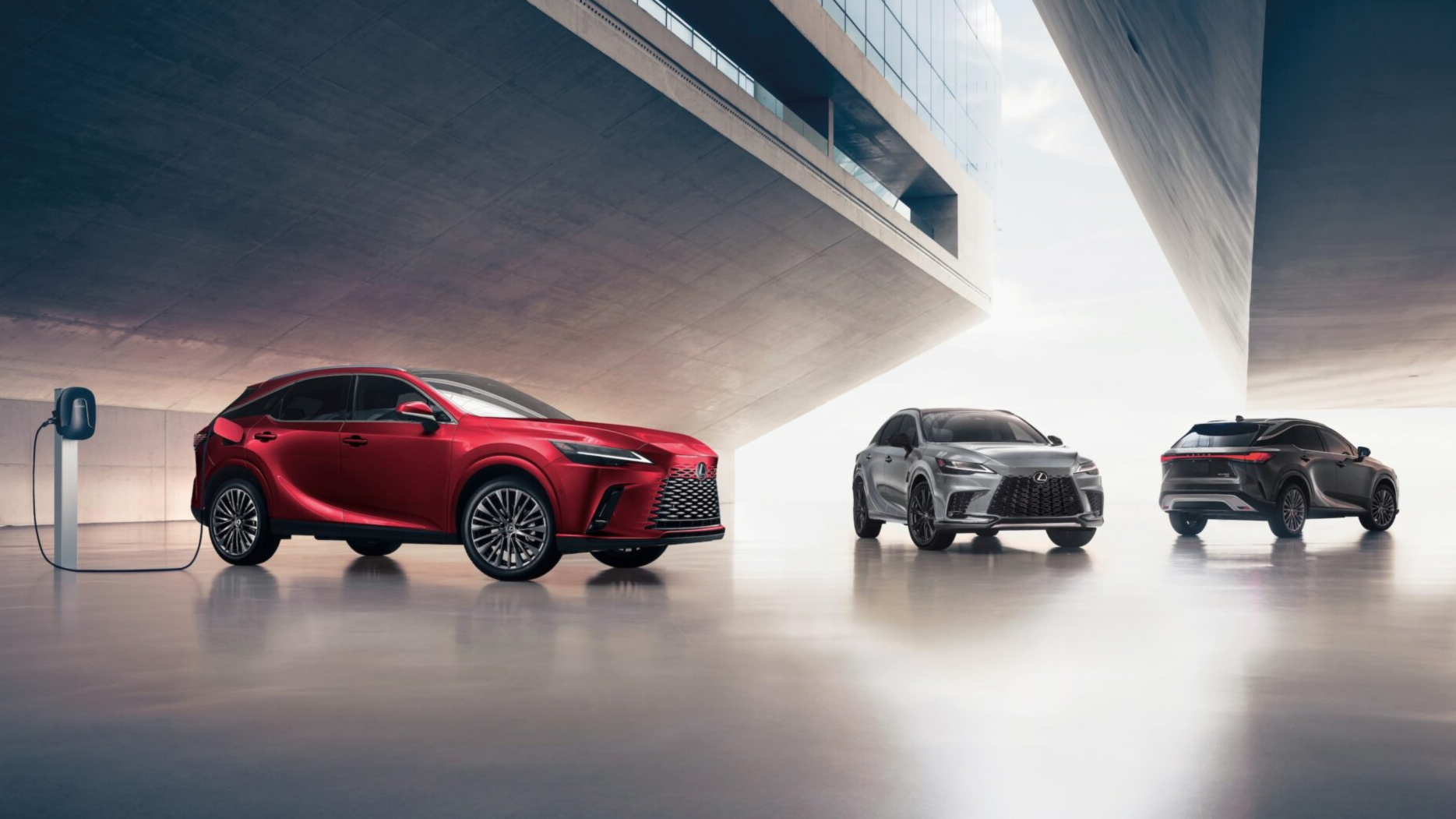
Plug-in Hybrid Electric Vehicles (PHEVs): They are similar to the hybrid electric vehicle with an additional feature. The battery can be charged externally, too. Also, the EV-only range is much higher than pure hybrids. Lexus offers a wide variety of PHEV cars.
Fuel Cell Electric Vehicles (FCEVs): Also known as Hydrogen EVs, they are a type of electric vehicle that uses fuel cell technology to generate electricity on board, which is then used to power an electric motor to propel the vehicle. FCEVs are considered an alternative to battery electric vehicles (BEVs) and have unique characteristics and advantages.
If you are looking at the future of electric vehicles, then it will mostly be FCEVs as they are similar to living with a gasoline-powered car. The most popular of the FCEVs has to be the Honda FCX Clarity.
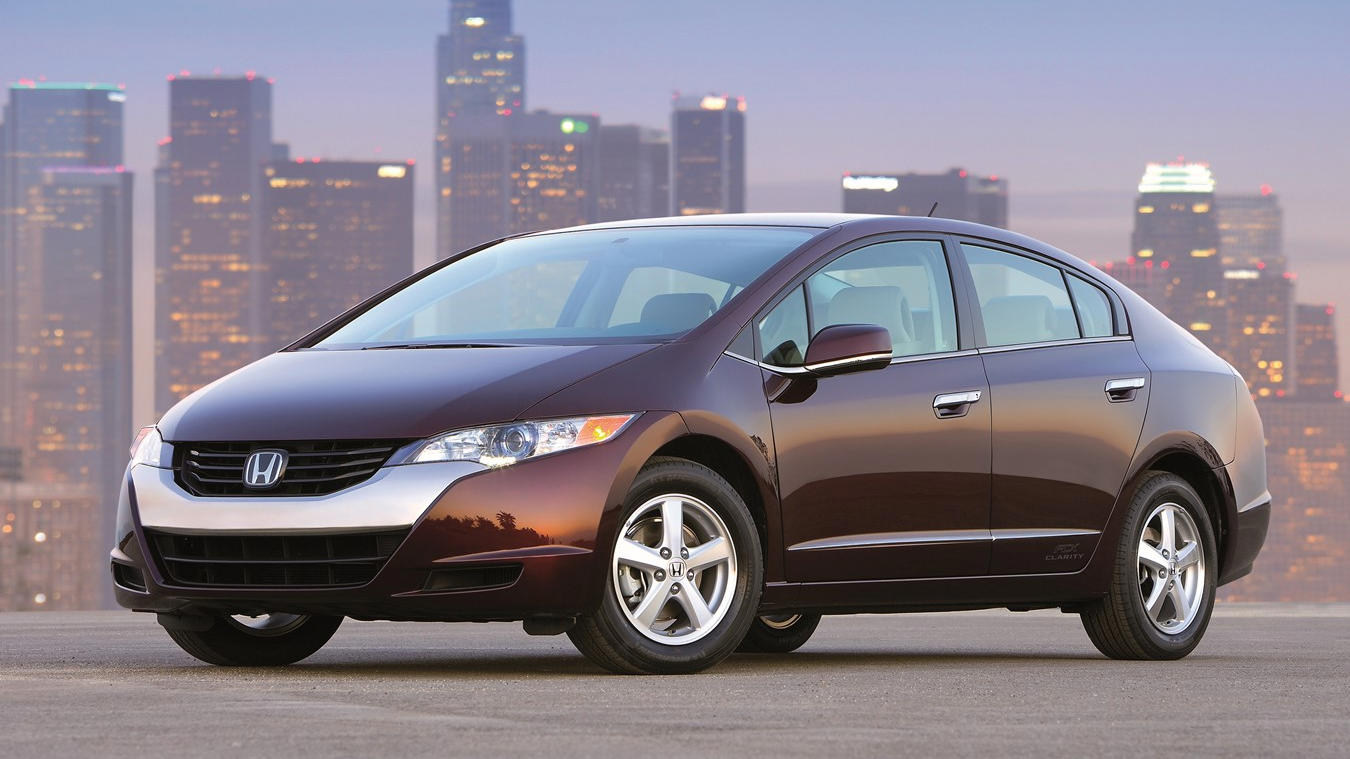
Current Battery & Charging Tech
Coming back to the present, battery technologies have evolved, and so has the charging infrastructure. We no longer use Lead-Acid batteries for EVs as they are not strong in holding the energy and lack overall life as well. As a result, the industry has moved completely to Lithium-ion batteries. Cars higher up the price bracket use Lithium Iron Phosphate batteries as they are a bit better than the traditional Li-ion batteries.
We have cars in the market offering over 1,000km range on a full battery charge, and can recharge the battery from 10% to 80% in 30 minutes, giving it another 800km range. That is pretty close to living with a gasoline-powered car but with zero tailpipe emissions. Cars now feature what is called an 800-volt architecture that allows the car to charge from a DC fast charger with speeds of up to 800kW. However, on the more affordable end of the spectrum, cars offer around 350km range and juice up the battery from 10% to 80% in under 1 hour.
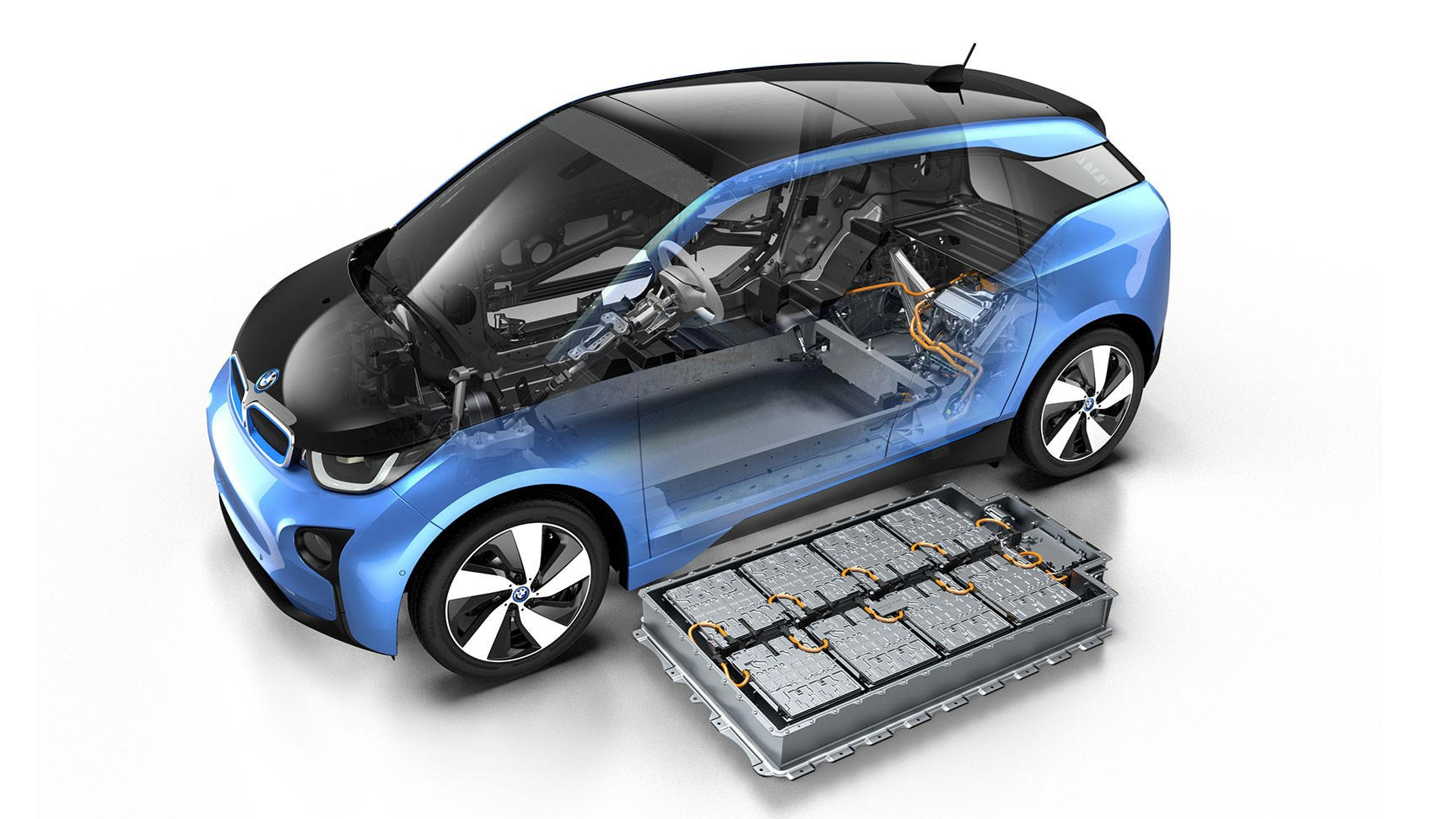
Also, all countries are aiming for carbon neutrality, empowering EV brands to develop and introduce sustainable and affordable options for motorists around the world. The ancillary world of EVs is also getting a boost from their respective countries to develop and set up charging stations to ease range anxiety among motorists.
Some notable names, such as Elon Musk for Tesla, Wang Chuanfu for BYD, and RJ Scaringe for Rivian, have propelled the adoption of EVs in the world with intuitive, practical, and innovative products. Their contribution also brought about a sea of change in mainstream manufacturers such as BMW, General Motors, Ford, Volkswagen, Tata Motors, and more.

As mentioned earlier, we are still in the middle of the shift to sustainable living. Every day in the world of EVs, there is a new invention that improves on the previous vehicles to offer better range, practicality, affordability, and safety. So, where are we heading, and what is the future of electric vehicles?
Future Of Electric Vehicles
Environmental consciousness is at an all-time high, and now the world has started to believe there is a future in electric mobility. What lies ahead of us are innovative ways and different technologies to address the core issues of EVs and the goal of making them household.
In terms of batteries, many industries are now experimenting with the Solid-State battery. These batteries offer much more energy density and have longer life cycles than the current batteries used in EVs. Toyota showcased the LQ concept, which will come equipped with a solid-state battery offering a 1,200km range. The best part is, it can be completely charged in 10 minutes.
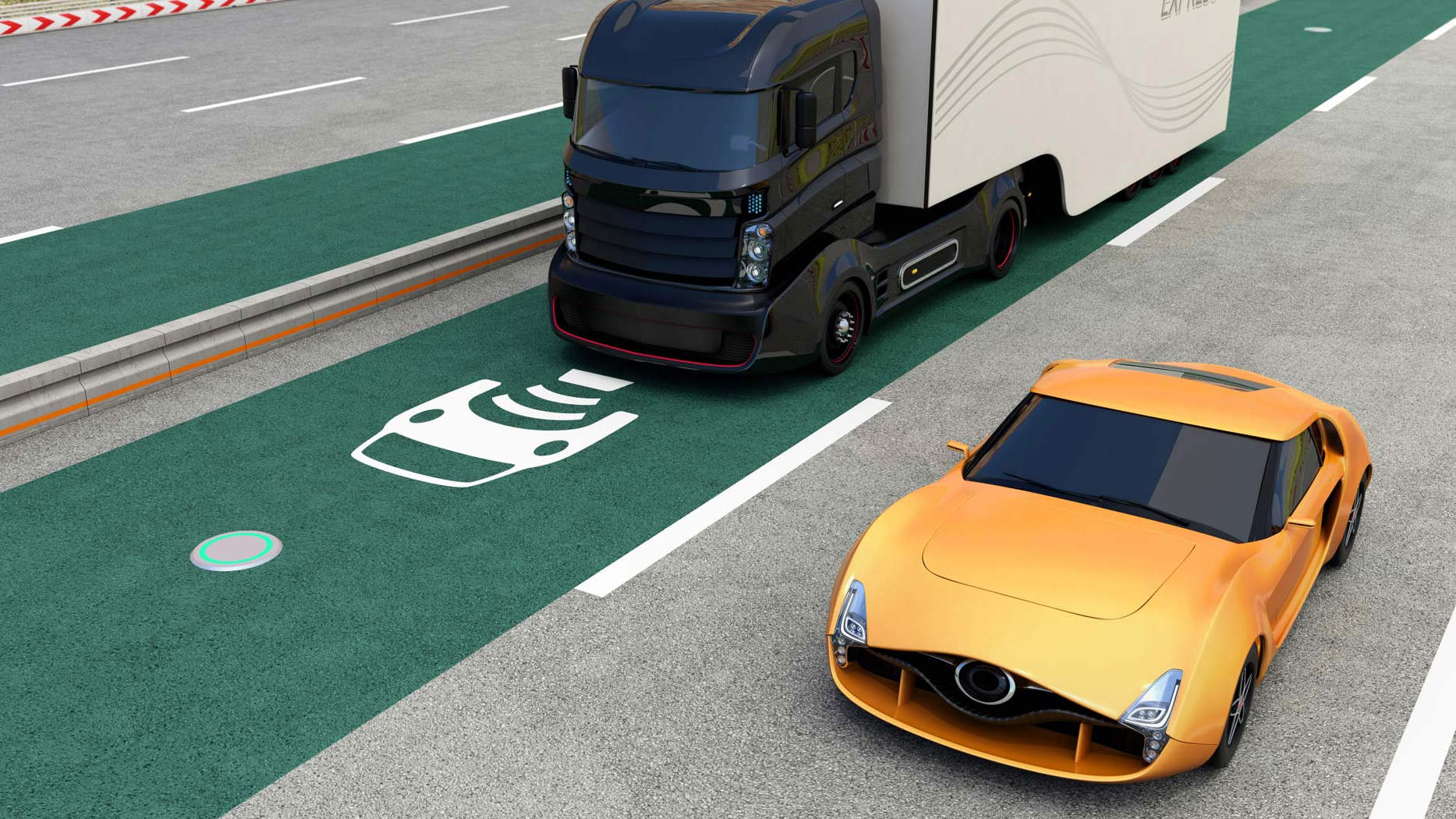
What Are Some Of The New EV Battery & Charging Technologies?
Solid State Batteries
Instead of a liquid electrolyte, they use solid materials to move lithium ions between the electrodes. Solid state batteries are safer, lighter, can charge faster, and have more energy storage capacity than liquid-based lithium-ion batteries.
Sodium-Ion Batteries
They are an emerging form of battery chemistry that replaces lithium with sodium. Lithium-ion batteries use rare-earth minerals that are expensive and difficult to source. Sodium, on the other hand, is abundant and relatively less expensive.
Wireless Charging
Wireless charging pads embedded into parking bays at home or at a shopping centre charge your car. This is quite similar to wireless charging on your smartphones. However, cars and even trucks, and buses are expected to take it one step further through dynamic charging. Some countries and brands are experimenting with EV charging lanes on highways. High-power coils embedded into the road charge your EV while you’re driving along. How cool is that?
Looking to jump on the electric vehicle bandwagon? Here are used electric cars for sale in the UAE and new electric cars for sale in the UAE.
Find the best cars for sale in the UAE.
Stay tuned to UAE’s most popular auto blog for more automotive content.


